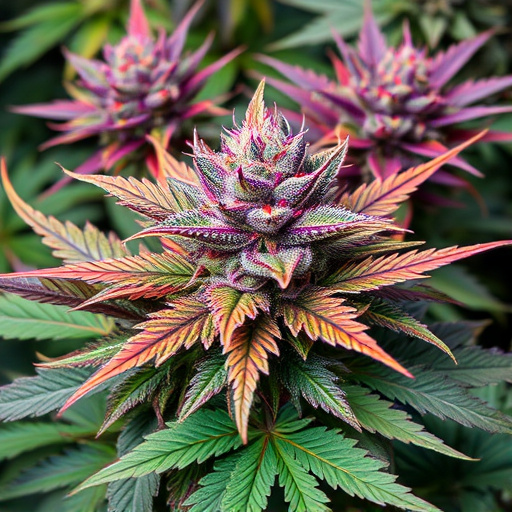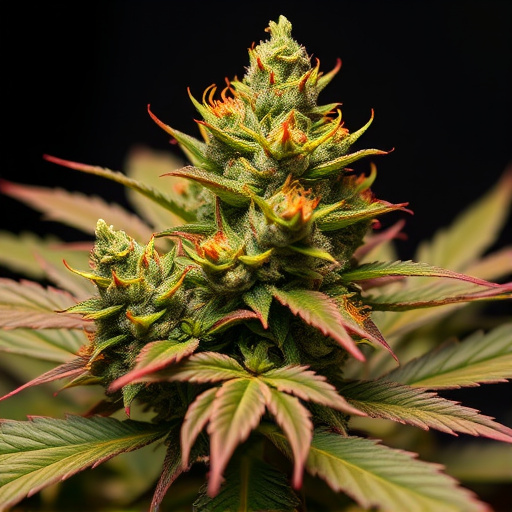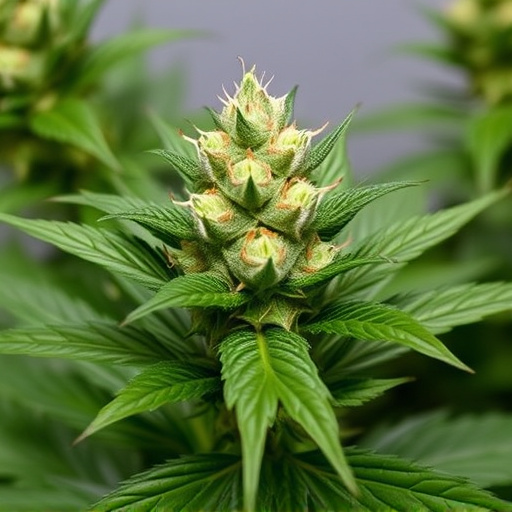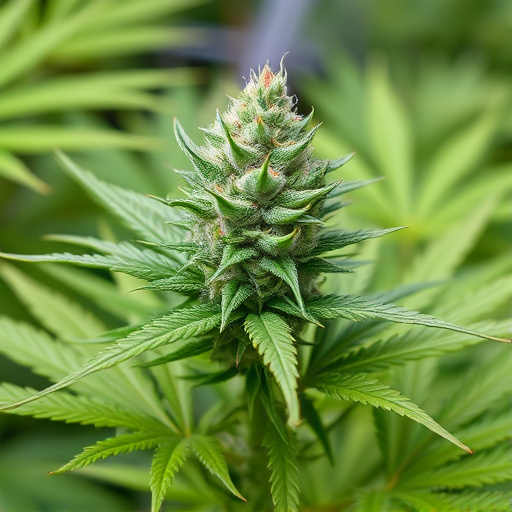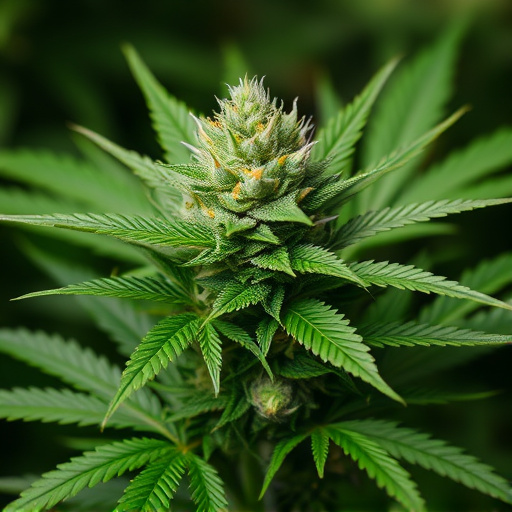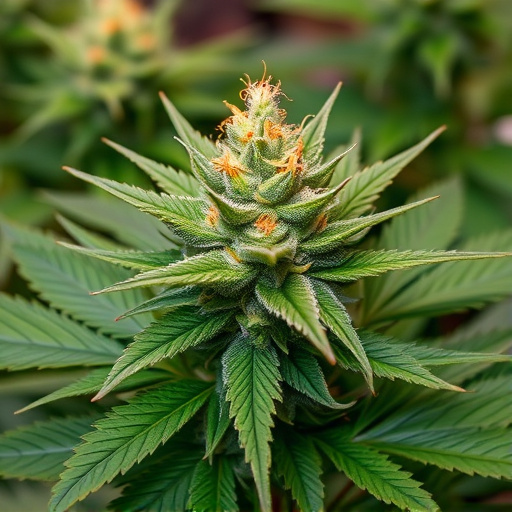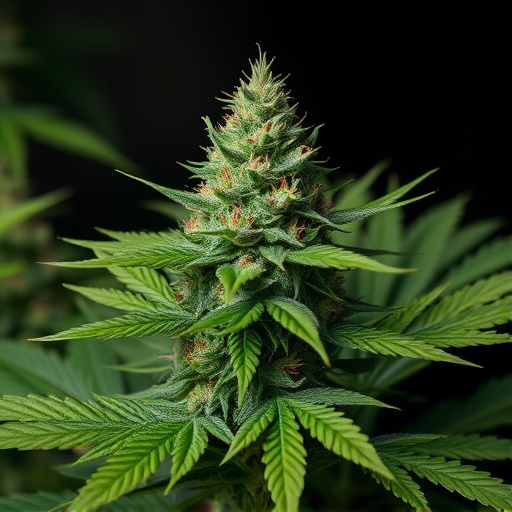Landrace sativa cannabis strains are naturally occurring, geographically distinct plants preserved for centuries due to their unique characteristics, terpene/cannabinoid profiles, and cultural significance. These ancient varieties offer diverse therapeutic effects, anti-inflammatory, antimicrobial, and analgesic potential, and valuable insights into cannabis' history and genetic diversity crucial for medical research. Conserving these landraces safeguards a vast repository of medicinal compounds, flavors, and environmental adaptations essential for developing new cultivars tailored to specific needs.
Landrace strains, rooted in specific geographic regions, are a vital aspect of cannabis heritage. This article explores why these ancient lines matter, delving into their unique genetic diversity, particularly the therapeutic benefits of sativa cannabis strains. We examine the significance of preserving landraces for future cultivation and research, highlighting their role as a rich reservoir of genetic variation. By understanding their origins, we can appreciate the profound impact they have on modern cannabis cultivation and wellness.
- Understanding Landrace Strains: Origins and Heritage
- The Genetic Diversity and Therapeutic Benefits of Sativa Cannabis Strains
- Preserving Landraces: Importance for Future Research and Cultivation
Understanding Landrace Strains: Origins and Heritage

Landrace strains, often considered the ancestors of modern cannabis varieties, are wild or naturally occurring plants that have been selected and preserved for their unique characteristics over centuries. These sativa cannabis strains hail from specific geographical regions, where they’ve adapted to local environmental conditions, resulting in distinct profiles. Their heritage is deeply rooted in the cultures and traditions of their origin, making them more than just plants—they’re cultural treasures.
Understanding landrace strains involves appreciating their genetic diversity and resilience. Each strain carries a rich history and has evolved to thrive under specific climatic conditions, contributing to their unique chemical compositions. This diversity is what cultivators and enthusiasts appreciate most, as it offers a wide array of effects, aromas, and flavors, catering to different preferences and therapeutic needs.
The Genetic Diversity and Therapeutic Benefits of Sativa Cannabis Strains
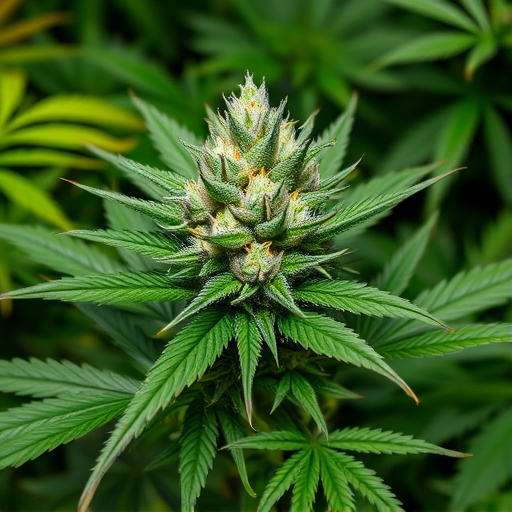
The genetic diversity of landrace sativa cannabis strains offers a treasure trove of therapeutic potential. These ancient, naturally occurring varieties have evolved over centuries, adapting to their specific geographic origins and environmental conditions. This natural selection has resulted in a wide range of chemical profiles, with distinct terpene and cannabinoid compositions. Each strain’s unique combination can interact with the human endocannabinoid system in different ways, providing a variety of possible benefits. For example, some sativas are known for their uplifting and energizing effects, making them popular for treating fatigue, depression, and chronic pain. Others have calming and anxiolytic properties, offering relief from anxiety disorders and insomnia.
The therapeutic benefits of sativa cannabis strains extend beyond their psychological effects. Their genetic diversity also contributes to potential medical applications. Research suggests that specific terpenes present in these strains may possess anti-inflammatory, antimicrobial, and analgesic properties. Additionally, certain cannabinoids, such as THC and CBD, have shown promise in treating a range of conditions, from epilepsy and multiple sclerosis to nausea and appetite loss. The intricate interplay between these compounds makes landrace sativa strains valuable resources for exploring and developing new treatments, offering a vast landscape of possibilities for medical cannabis research and application.
Preserving Landraces: Importance for Future Research and Cultivation
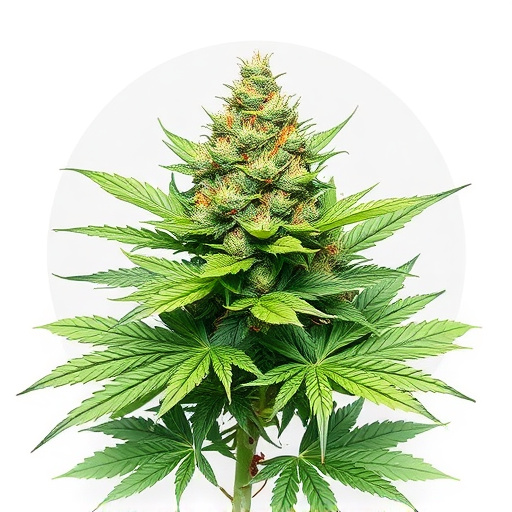
Preserving landraces, especially unique sativa cannabis strains, is paramount for future research and cultivation. These ancient varieties, passed down through generations, hold genetic diversity that modern breeding methods often overlook. By safeguarding landraces, we ensure a rich reservoir of therapeutic compounds, flavor profiles, and adaptations to diverse environments. This diversity is crucial for developing new, improved cultivars tailored to specific needs, whether it’s enhancing medicinal properties or creating flavors that cater to evolving consumer preferences.
Moreover, studying landraces offers insights into the historical use and cultural significance of cannabis. Each strain tells a story, reflecting centuries of human interaction with this versatile plant. Understanding these stories helps us make informed decisions about conservation efforts, ensuring that valuable genetic material isn’t lost. Preserving landraces is not just about preserving a plant; it’s about safeguarding knowledge, tradition, and the potential for groundbreaking discoveries in both science and agriculture.
Landrace strains, with their deep roots in specific geographic regions and rich genetic diversity, offer unique therapeutic benefits. The preservation of these ancient sativa cannabis strains is paramount for future cultivation and research, ensuring we safeguard their potent properties and diverse genetic makeup. By recognizing the value of landraces, we can continue to explore and harness their potential for improving human health and well-being.
